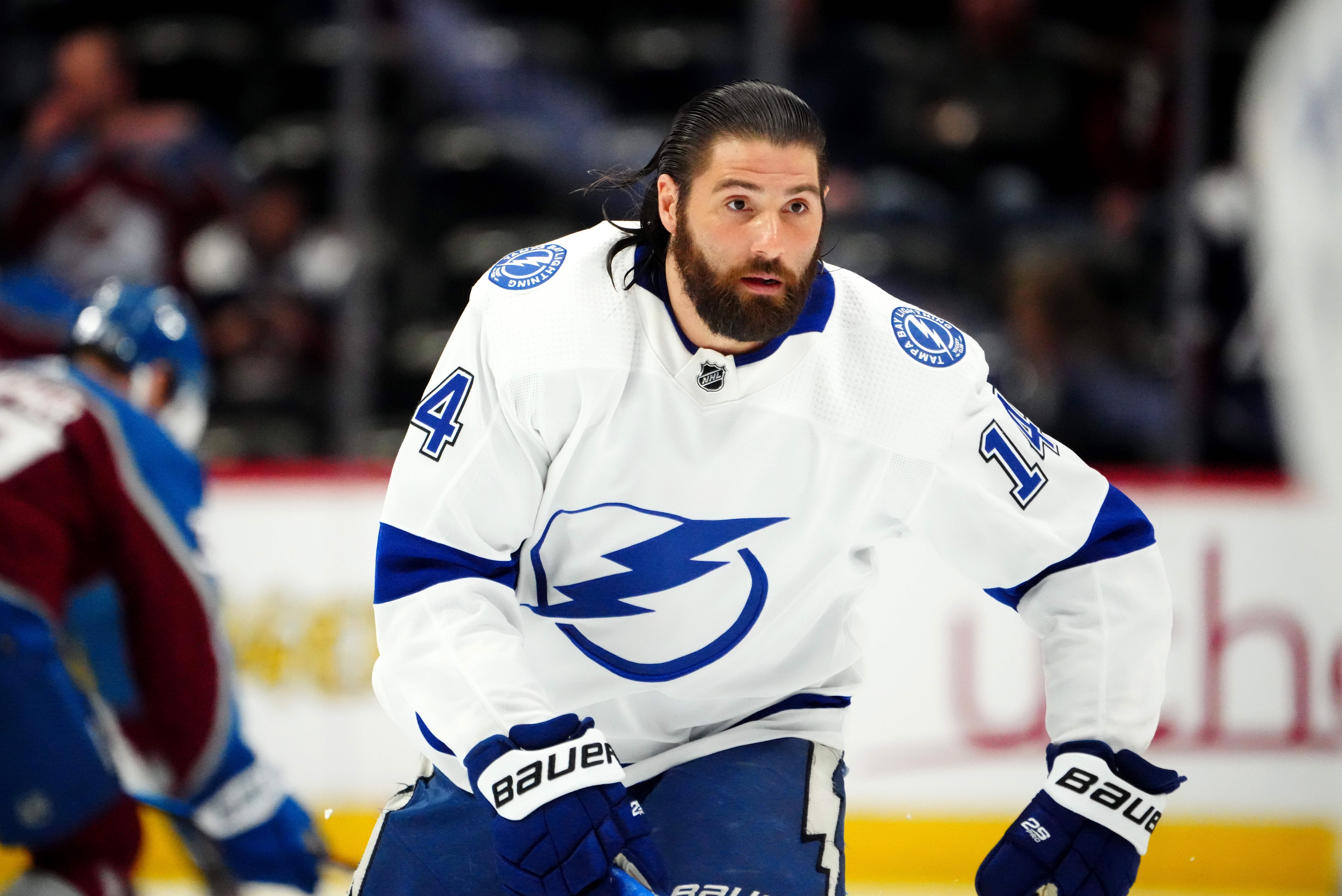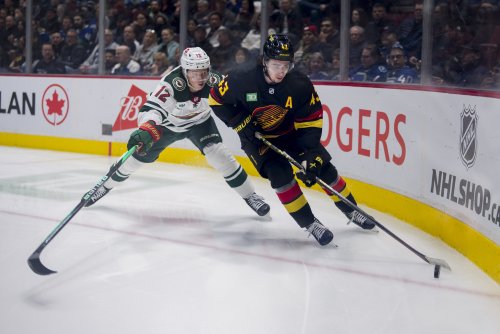
No one wants to think back to the Minnesota Wild’s playoff run last season. It was hard to watch and, most likely, even harder for them to play. The lack of physicality was the biggest surprise in the Dallas Stars series. For a team known to be heavy, gritty, and hard to play against, the Wild looked weak. (While that weakness may have also been because of the uneven penalty calling, that’s a completely different article.)
Ryan Reaves signed a three-year contract with the Toronto Maple Leafs in the off-season, leaving a large gap to fill. The Wild needed to find someone else to be a big body on the ice and a big voice in the locker room.
Bill Guerin knew that, and he addressed that need with Pat Maroon. Trading a seventh-round pick for Maroon was a bargain for what he will bring to the club. Don’t let the low price fool you, Maroon is still a formidable opponent.
While the eye test is worthwhile, let’s look at a few stats. First is his points, of which Maroon had few last year. According to Hockey-Reference (the sole source of stats in this article), last season, Maroon had 5 goals and 9 assists for 14 points. That’s quite a downgrade from some of Maroon’s past seasons when he’s scored between 27 and 43 points. While Maroon can still generate some offense, that’s not why he’s here. Guerin brought him in because of his gritty play style.
Any player known for their physicality is expected to take plenty of penalties. Last season, Maroon led the league with 150 penalty minutes. In a strange twist for an aging player, the past two seasons have been Maroon’s highest PIMs for his entire career. Could Maroon be more confident in his play and the ability to take risks as he gets further into his career? That’s sheer speculation, of course, but worth noting.
Looking at one more stat should give Wild fans hope for next year. Maroon had 172 hits last season. Now, “hits” are not a great stat because it all depends on who is keeping stats for the game. But comparing that stat over Maroon’s career shows that his hits have stayed consistent. He’s had over 100 hits every year, starting with 2013-14, when Maroon played 62 games of the NHL season with the Anaheim Ducks. The only exception was the COVID-shortened year, where he only had 75.
This doesn’t make him a leader in hits by any means, but it shows us that Maroon is still consistently physical. Maroon is 35, so fans may consider that a strike against him. But as the stats show, his scoring might have dropped off, but his physical play certainly hasn’t. And that’s why Guerin traded for him.
With limited cap space, what about Maroon made him a must-have player? It’s the same reason why Guerin traded for Ryan Reaves last season. If the team has one big player who can confidently use their size to their advantage without worrying about scoring, the rest of the team can focus on scoring.
Marcus Foligno is certainly not afraid to use his size, but that also means sacrificing a player capable of putting up points whenever he gets into a fight to stick up for a teammate. Any penalty takes a valuable player off of the ice. This idea extends beyond fights, though. With his large size, Maroon is good at clearing space for linemates to create plays. The Wild can always use another power forward, especially one willing to do the dirty work.
The Stanley Cup also seems to follow Maroon. After winning the Cup three seasons in a row, it’s been a little too quiet for Maroon in the following two seasons. Could Maroon’s physicality and luck with winning the Cup help the Wild bring the Cup to Minnesota? Let’s hope it can.
Think you could write a story like this? Hockey Wilderness wants you to develop your voice, find an audience, and we'll pay you to do it. Just fill out this form.
-
 4
4








Recommended Comments
Join the conversation
You can post now and register later. If you have an account, sign in now to post with your account.
Note: Your post will require moderator approval before it will be visible.